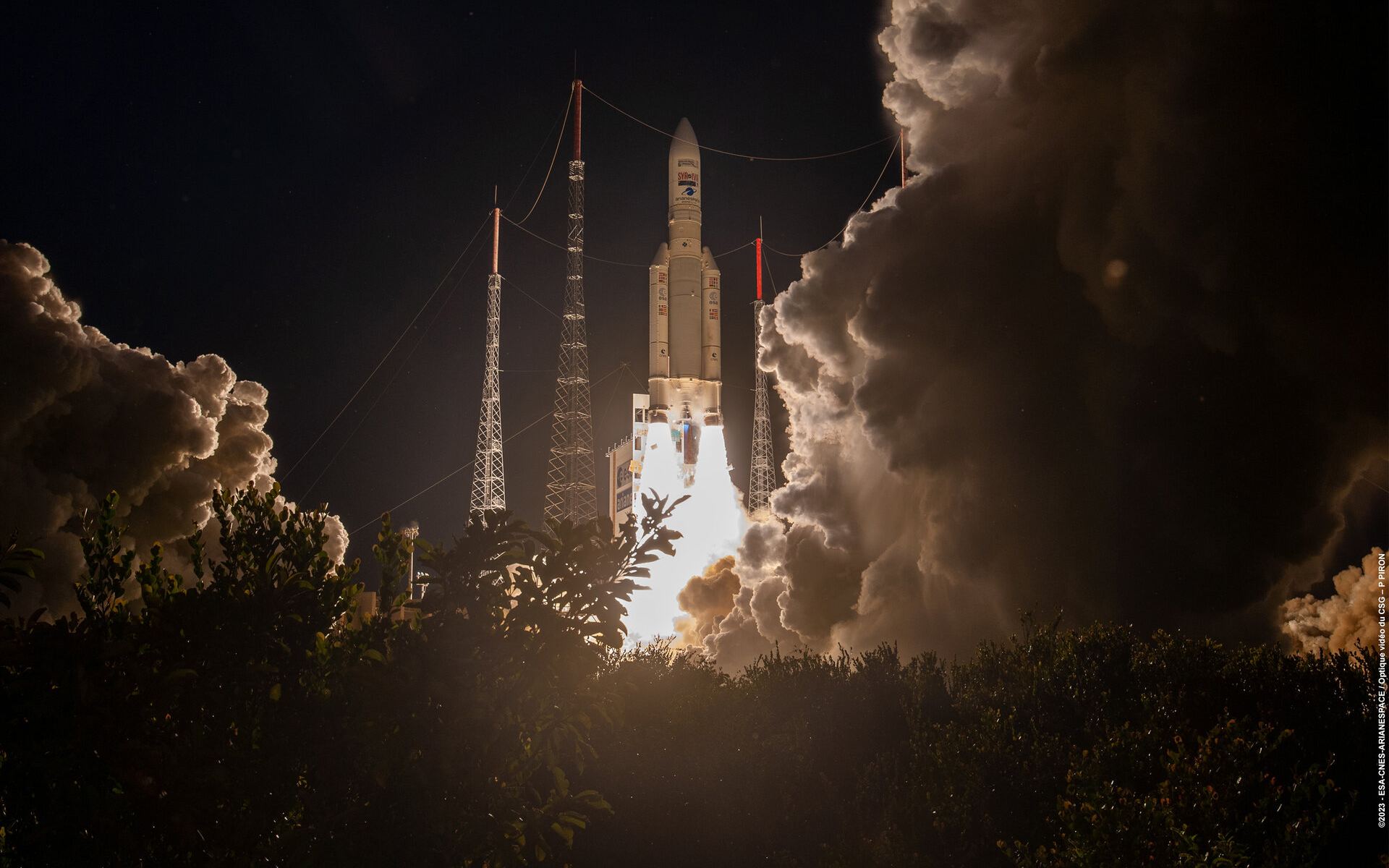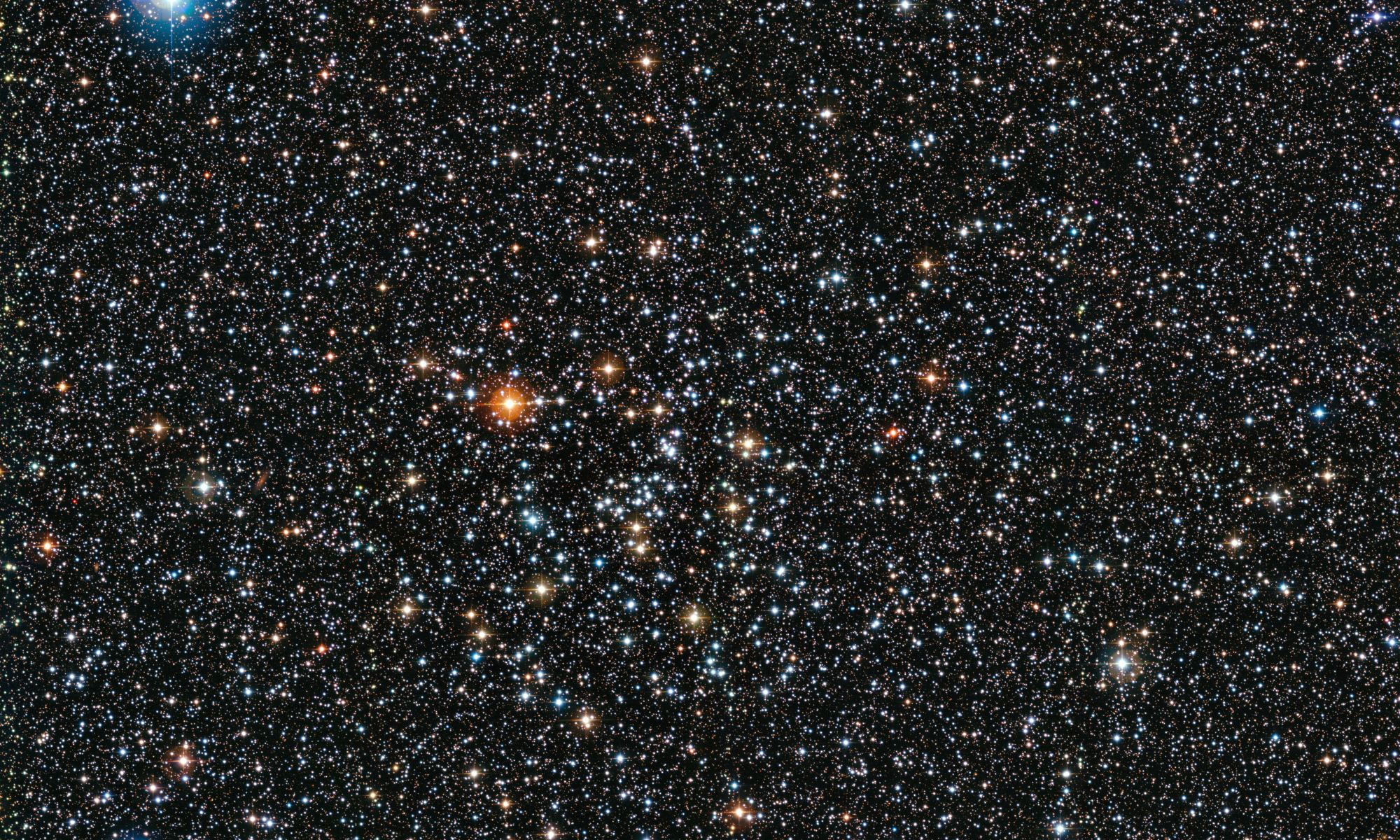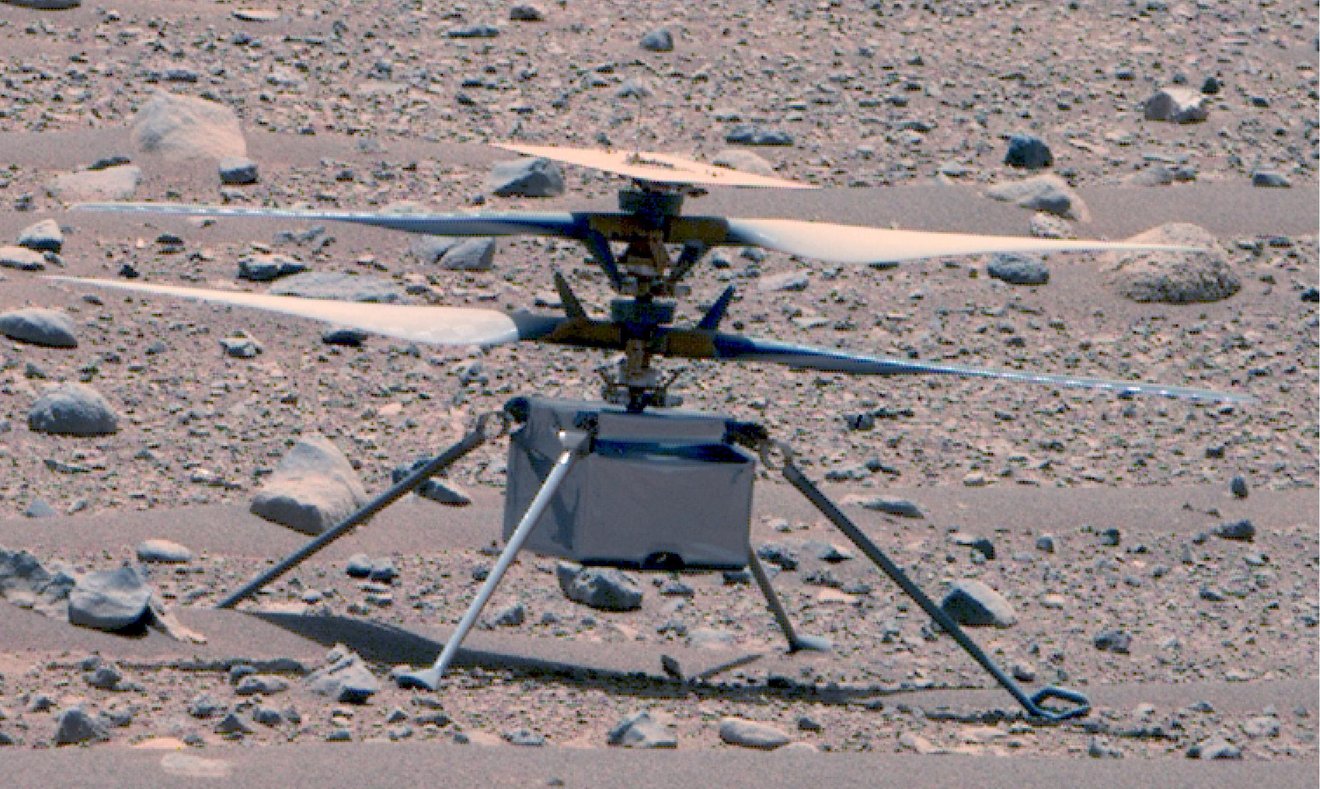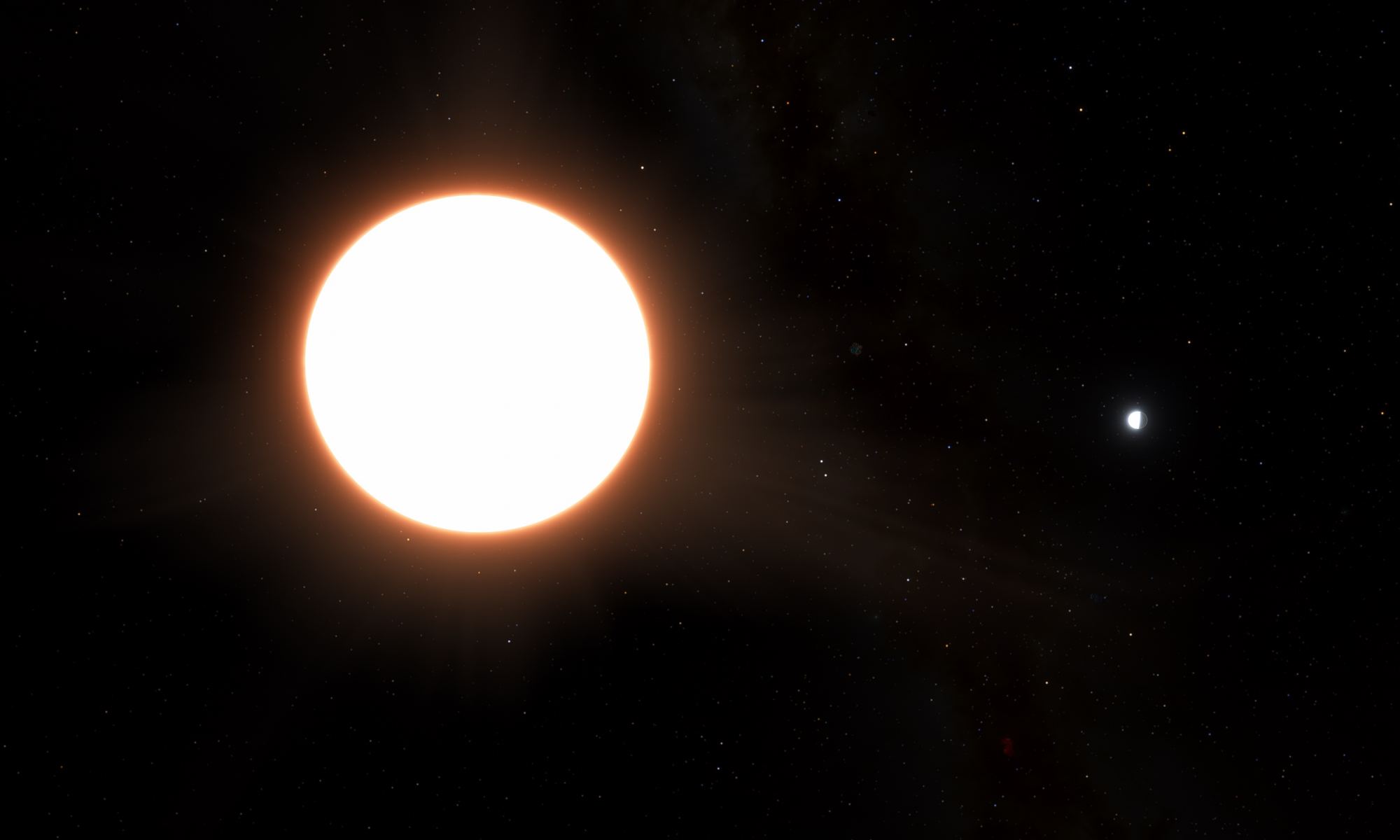A recent study published in Nature examines a volcanic hotspot that potentially exists beneath a feature on the Moon’s farside (the side facing away from the Earth) called the Compton-Belkovich Thorium Anomaly. Researchers led by the Planetary Science Institute collected data from the hotspot region using microwave instruments onboard the China National Space Administration’s Chang’e-1 and Chang’e-2 orbiters and holds the potential to help scientists better understand the past volcanic processes on our nearest celestial neighbor, as surface evidence indicates lunar volcanic activity ceased between 3 to 4 billion years ago.
Continue reading “Volcanic Hotspot Found on the Moon”Volcanic Hotspot Found on the Moon










